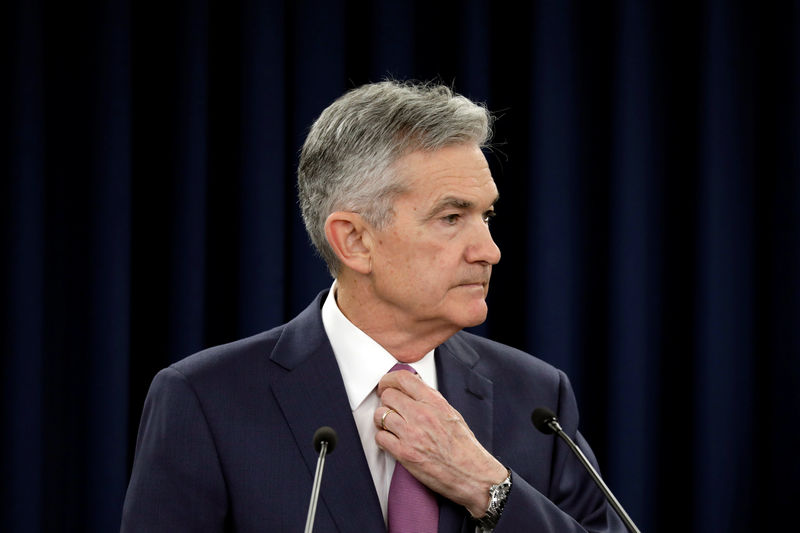By Yasin Ebrahim
Investing.com -- The Federal Reserve’s recent willingness to endorse rather than push back against aggressive rate hike bets took many by surprise, and now some on Wall Street believe that a 75-basis-point hike is firmly on the table even if Tuesday's data shows cooling inflation.
Morgan Stanley said that it was expecting Fed members to “dial down the cadence of monetary tightening to 50bps at the September meeting," but now believes “75bps is now the most likely outcome for September, even though the August CPI print is still outstanding.”
Inflation is expected to have slowed by 0.1% in August from July, and slowed to 8.1% in the 12 months through August from 8.5%, weighed down by falling oil prices.
Core inflation, however, which excludes volatile food and energy prices, and is more indicative of underlying price pressures is expected to have remained steady at 0.3% in August, but risen to 6.1% in the 12 months through August.
Others agree, noting that a slowdown in the pace of inflation isn’t likely to force the Fed’s hand into a less hawkish decision as inflation would still remain well above the Fed’s 2% target.
If inflation, particularly core inflation “comes in at a little bit more mitigated,” it would still be “too early” for the Fed to pivot to a 50-basis point rate hike, Johan Grahn, head of ETF Strategy at Allianz told Investing.com in a recent interview.
“Inflation is nowhere near to what the Fed is aiming for,” Grahn added. “If they start wavering in their communication and turn a little bit more dovish, they’ll be increasing the chance of failing to achieve their inflation target.”
The need for speed on rate hikes, however, will likely take the Fed’s benchmark rate to about 3.875%, close to restrictive territory, Morgan Stanley said as it forecasts another 50bps hike in November and a final 25bps in December.
Lifting rates to restrictive territory, one which neither stimulates nor weighs on economic growth, will likely "move the Fed to shift to a hawkish hold after the December meeting," Morgan Stanley adds, but cautions that there’ll be “little room for a return to rate cuts except in scenarios of an extremely sharp downturn.”
